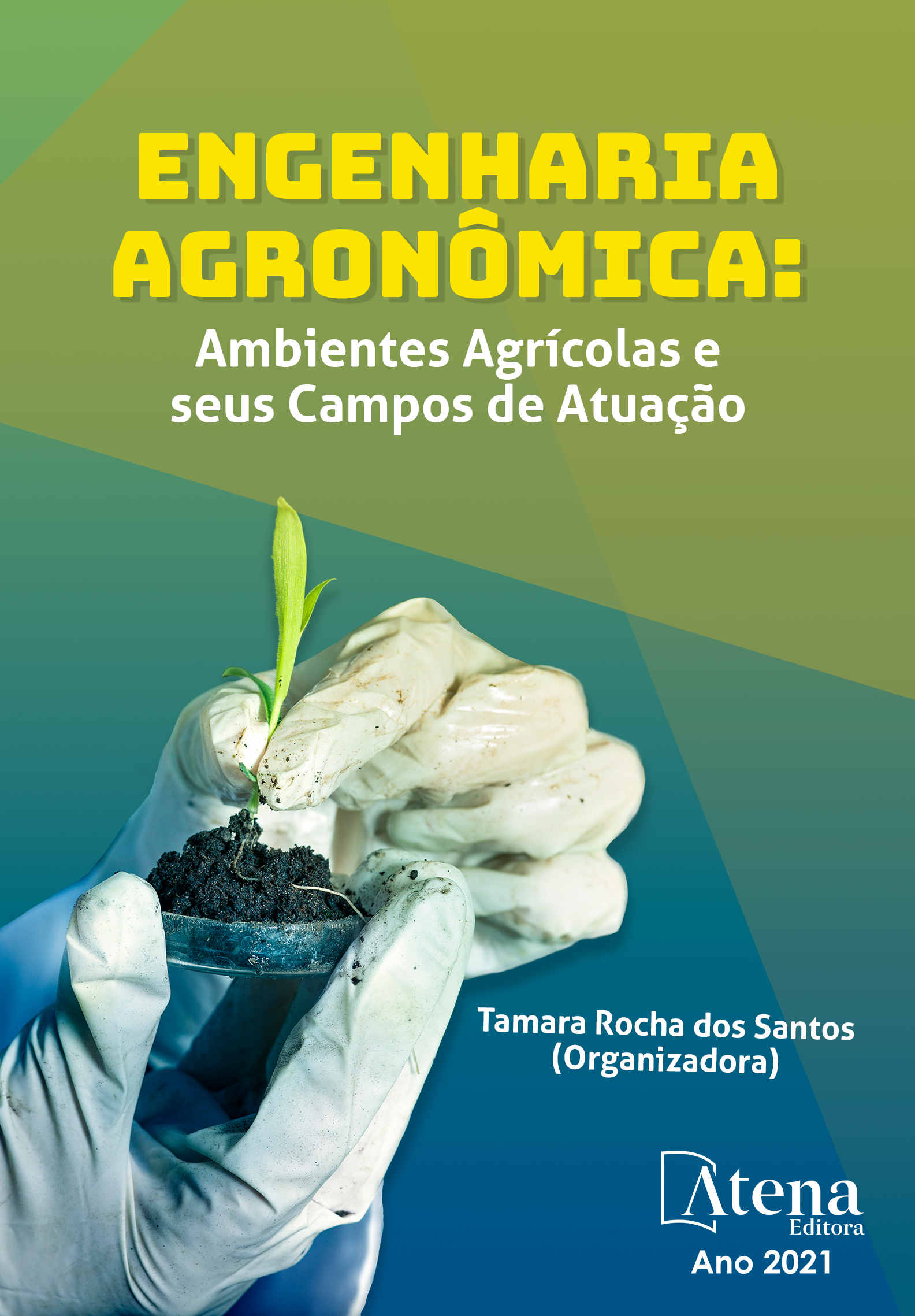
Influência dos inimigos naturais de solo na ocorrência de danos da broca da batata-doce (Euscepes postfasciatus – Coleoptera: Curculionidae)
A broca-da-raiz (Euscepes postfasciatus) é considerada praga-chave da batata-doce (Ipomoea batatas), causando danos econômicos aos cultivos comerciais da Baixada Fluminense. O presente trabalho objetivou avaliar os danos realizados pela broca no tubérculo e a relação dela com os inimigos naturais presentes no solo e com os adubos verdes que antecederam o cultivo orgânico da batata-doce. O experimento foi realizado no campo experimental da Embrapa Agrobiologia, em Seropédica, RJ, em 2013 e 2014, com o cultivo de batata-doce precedido das plantas de cobertura: Crotalaria juncea e feijão-de-porco (Canavalia ensiformes), solteiras e consorciadas com o milho (Zea mays), e vegetação espontânea. O experimento foi montado em parcelas subdivididas de 5,0 x 6,5 m, com quatro repetições e cinco tratamentos usando delineamento em blocos ao acaso, em esquema fatorial 2x2+1. Os inimigos naturais foram coletados semanalmente em armadilhas pitfall com solução aquosa de formol a 1%, sendo duas/parcela. Para avaliação do dano da broca foram contabilizados os números de furos e galerias de dez tubérculos de cada parcela por seis examinadores diferentes. Os inimigos naturais das famílias Formicidae (33736 e 28709 indivíduos em 2013 e 2014, respectivamente), Staphylinidae (129 e 376), Scelionidae (40 e 225), Diapriidae (43 e 160), Araneidae (676 e 845) e Lycosidae (106 e 193) foram os mais frequentes. Houve correlação negativa apenas entre a ocorrência de aranhas da família Araneidae (-0,80, p=0,1079) e de parasitoides Diapriidae (-0,87, p=0,0566), com o número médio de furos causados pela broca em 2014. Os predadores Staphylinidae apresentaram uma correlação positiva (0,96, p=0,0092) com o número de galerias em 2013. Observou-se mais (p≤ 0,05%) furos nos tubérculos em solos que foram cobertos com crotalária solteira do que consorciada ou com feijão-de-porco em 2014. O feijão-de-porco solteiro favoreceu os Staphylinidae, enquanto o consorciado atraiu mais (p<0,05%) Scelionidae em 2013.
Palavras
Influência dos inimigos naturais de solo na ocorrência de danos da broca da batata-doce (Euscepes postfasciatus – Coleoptera: Curculionidae)
-
DOI: 10.22533/at.ed.44221060510
-
Palavras-chave: controle biológico, pitfall, macrofauna do solo
-
Keywords: biological control, pitfall, soil macrofauna
-
Abstract:
The root borer (Euscepes postfasciatus) is considered a key pest of sweet potatoes (Ipomoea potatoes), causing economic damage to commercial crops in the Baixada Fluminense. The present work aimed to evaluate the damage done by the drill in the tuber and its relation with the natural enemies present in the soil and with the green fertilizers that preceded the organic cultivation of sweet potato. The experiment was carried out in the experimental field of Embrapa Agrobiologia, in Seropédica, RJ, in 2013 and 2014, with the cultivation of sweet potatoes preceded by cover crops: Crotalaria juncea and pork beans (Canavalia ensiformes), single and intercropped. with corn (Zea mays), and spontaneous vegetation. The experiment was carried out in subdivided plots of 5.0 x 6.5 m, with four replications and five treatments using a randomized block design, in a 2x2 + 1 factorial scheme. The natural enemies were collected weekly in pitfall traps with a 1% formaldehyde solution, two of them / plot. To assess the damage of the drill, the number of holes and galleries of ten tubers in each plot were counted by six different examiners. The natural enemies of the Formicidae families (33736 and 28,709 individuals in 2013 and 2014, respectively), Staphylinidae (129 and 376), Scelionidae (40 and 225), Diapriidae (43 and 160), Araneidae (676 and 845) and Lycosidae (106 and 193) were the most frequent. There was a negative correlation only between the occurrence of spiders of the family Araneidae (-0.80, p = 0.1079) and of parasitoids Diapriidae (-0.87, p = 0.0566), with the average number of holes caused by the drill in 2014. Staphylinidae predators showed a positive correlation (0.96, p = 0.0092) with the number of galleries in 2013. There were more (p≤ 0.05%) holes in the tubers in soils that were covered with single crotalaria than intercropped or with pork beans in 2014. Single pork beans favored the Staphylinidae, while the intercropped attracted more (p <0.05%) Scelionidae in 2013.
-
Número de páginas: 1
- Camila Costa Gomes
- Thailla Maria Costa Lisboa
- Marcelo Perrone Ricalde
- Janaina Ribeiro Costa Rouws
- Alessandra de Carvalho Silva
- Douglas da Silva Ferreira


